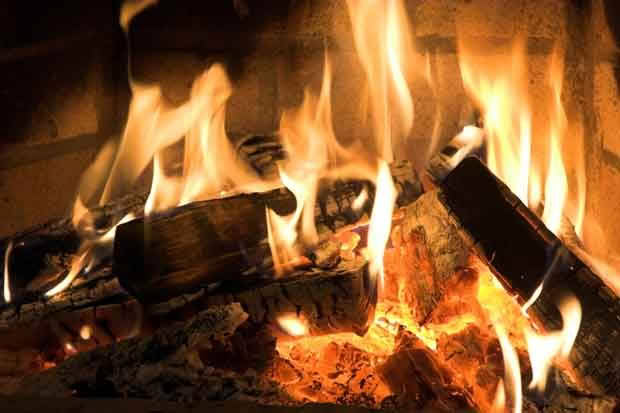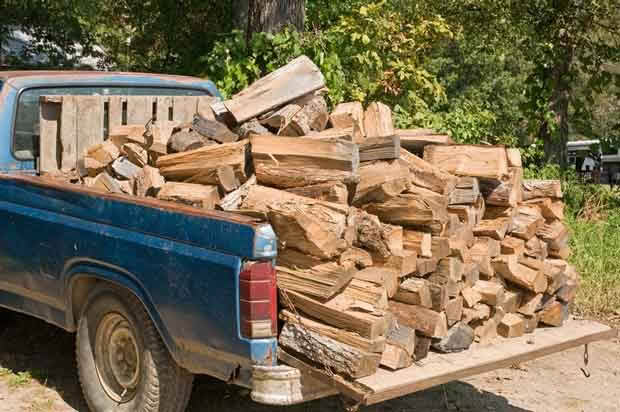Build an efficient fire and other winter warming tips
What an efficient fire looks like from This NZ Life on Vimeo.
How to make sure your firewood is working at its best and tips for staying warmer than ever this winter.
Words: Nadene Hall
1 SUPER EASY WAY TO FIND OUT HOW FAR HEAT IS TRAVELLING
This isn’t an exact science, but if you’re trying to figure out the best spot to put a wood burner, light an incense stick
and see how far the smell goes. It can give you a basic idea of how far heat will spread when carried by natural air
flow through your home.
Source: www.solidfuelheating.co.nz

Image: Dreamstime
KNOW WHAT AN EFFICIENT FIRE LOOKS LIKE
Sitting in front of your wood burner or fireplace, you should be looking at bright, swirling flames and glowing embers. Outside, you should see little or no smoke coming out of your chimney or ideally just a heat ‘haze’ – wait 10 minutes after first lighting a fire or adding wood to it before checking it. The key to creating this kind of fire is well-seasoned, dry wood, split into relatively small pieces – not big, chunky logs – and a good working knowledge of the features of your heating system.
Read the instruction book, and/or ask for a run-through when you buy it so you know the best way to control vents and load the firebox.
Source: Environment Southland
DON’T LOAD AND LEAVE
In the old days, it was common to load a firebox up overnight, turn it down and leave it to burn overnight. However, this creates large amounts of damaging air particle pollution and is very inefficient, creating little heat and a lot of soot that will build up in your flue and require cleaning out.
Source: www.consumer.co.nz

Photo: Dreamstime
13 TIPS FOR GETTING GOOD FIREWOOD
Gathering firewood is one of those jobs best done year-round so you always have a dry, well-seasoned supply. Unless you are lucky enough to have a dry shed available where you can store firewood in a thrown stack
– it can take up 25%+ more space than wood that is neatly stacked
– there is an art and a science to stacking firewood so it won’t get in your way and will dry out to become good quality firewood.
• cut and then split wood into the smallest possible size, so it fits easily into your firebox, and also so more surface area is exposed, allowing it to dry faster.
• firewood needs sunlight; a shaded, wet corner is not going to create dry wood.
• face cut ends into the prevailing wind so there is always airflow down the length of the wood; if you live in a valley,
ideally you want your wood stack up off the valley floor so it can take advantage of natural airflows.
• build a stack on a base rather than directly on the ground; lengths of old corrugated iron or wooden pallets work well.
• a post or a tree makes a great support at each end of a stack and gives you something to tie a cover to.
• as you stack, it’s best to keep the wood as level as possible, with a random mix of different-sized pieces so you create natural passages for air to move through.
• place wood bark side up so if any rain gets through an overhead cover, it will provide protection.
• round wood needs to be staggered, the row above sitting in the gap of the row below for stability.
• create a roof with a tarpaulin or sheet of plastic; black plastic helps moisture to evaporate out of wood.
• dry wood will mean fewer bugs, but it can attract wood-eating wasps so be careful when moving around or taking wood from a stack in autumn when they may still be nesting.

